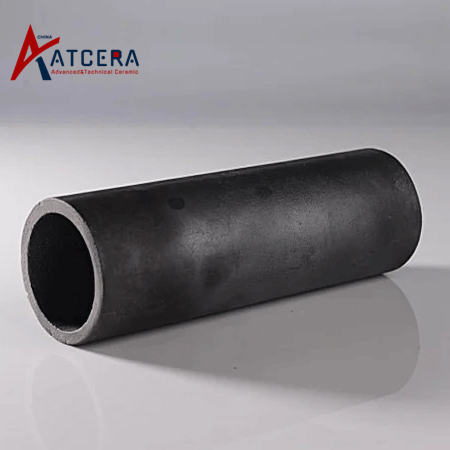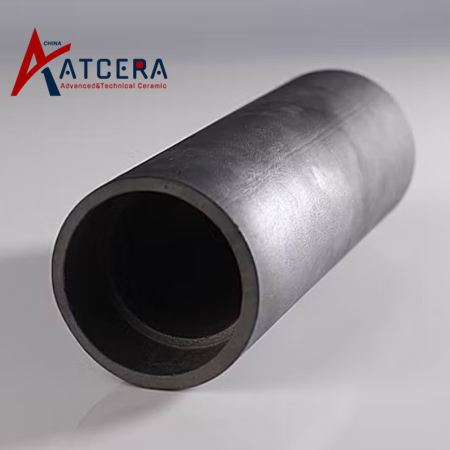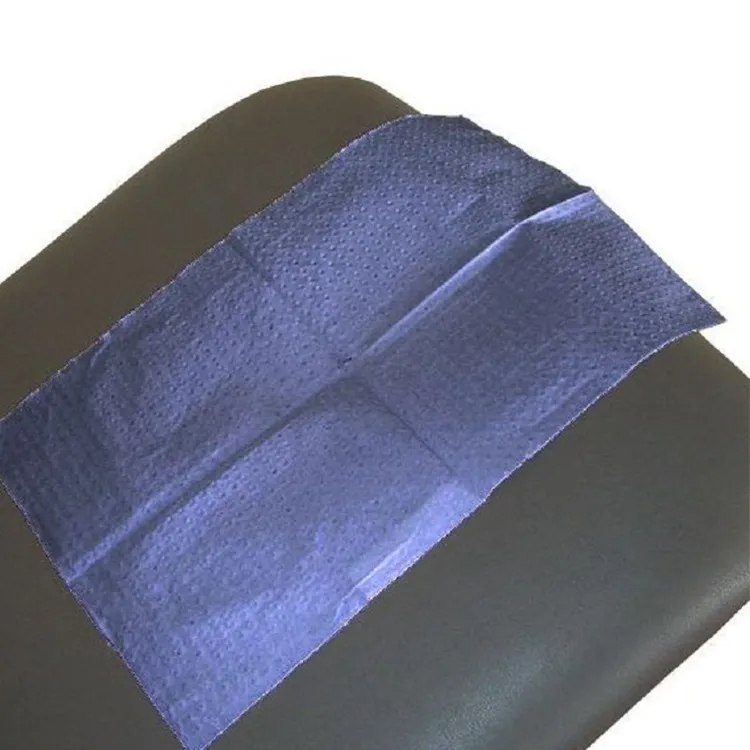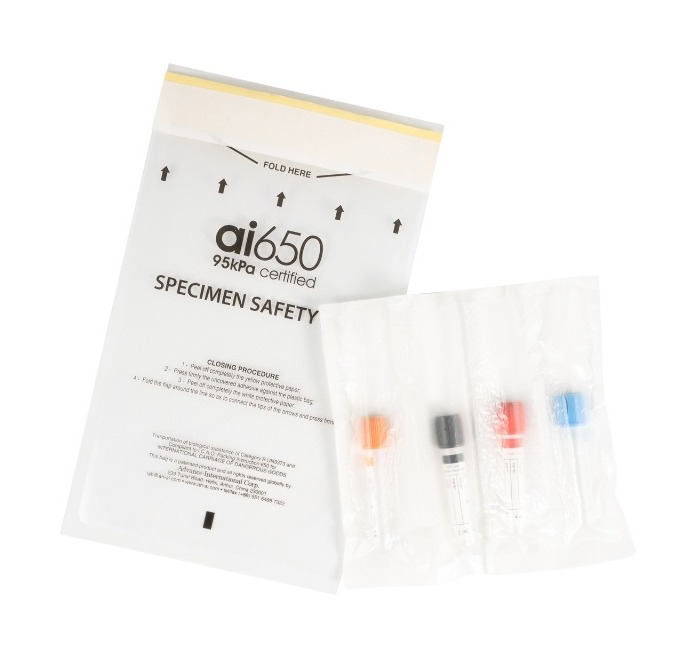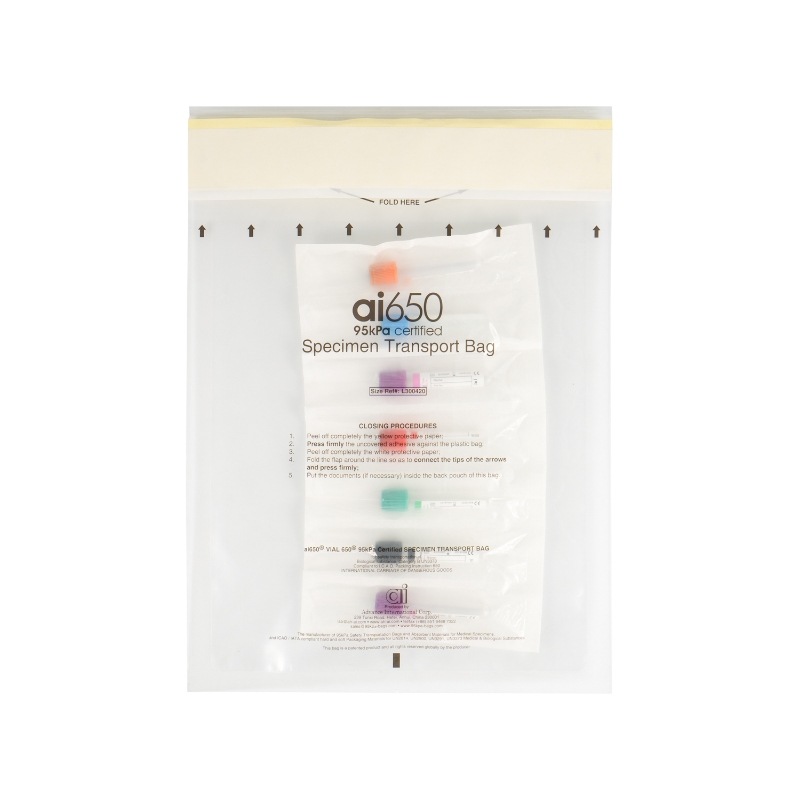In scientific research, spectroscopy plays a vital role in analyzing the properties of various substances by examining how light interacts with them. Whether it's determining the concentration of a solution or identifying chemical compounds, the accuracy of spectroscopy measurements is crucial. One of the most important factors in ensuring precise spectroscopic results is the choice of cuvette. While there are various types of cuvettes available, quartz glass cuvettes have become the gold standard for spectroscopy, thanks to their exceptional properties. In this blog, we will explore why these cuvettes are essential for obtaining accurate results in spectroscopy and how they contribute to high-quality research in multiple scientific fields.
What Makes Cuvettes So Important in Spectroscopy?
A cuvette is a small, transparent container used to hold a sample for spectroscopic analysis. During the measurement process, light passes through the sample in the cuvette, and the detector measures the amount of light absorbed or transmitted by the sample. The precision of this measurement depends on several factors, including the quality and transparency of the cuvette material itself.
In spectroscopy, the cuvette serves as the medium through which light interacts with the sample, and if the cuvette material is not optimal, it can lead to inaccurate results. This is where quartz cuvettes stand out. They offer several unique features that make them indispensable in spectroscopic applications, ensuring reliable, repeatable, and accurate measurements.
1. Broad Transmission Range
One of the most significant advantages of quartz cuvettes is their broad light transmission range. Quartz allows light to pass through almost unimpeded across a wide spectrum of wavelengths, typically ranging from 190 nm to 2500 nm. This extensive transmission range makes them ideal for UV-Vis spectroscopy, which measures light absorbance or transmission in the ultraviolet and visible regions of the spectrum.
While other materials like plastic or traditional glass cuvettes may absorb light in the UV range, quartz offers full transparency in this region. This feature is particularly important when working with samples that absorb light in the ultraviolet range, such as nucleic acids or proteins. By ensuring that light is transmitted without significant absorption by the cuvette itself, quartz ensures the accuracy of the measurements, even at lower wavelengths.
2. Superior Optical Clarity
Quartz cuvettes also provide outstanding optical clarity, which is critical for obtaining precise spectroscopic data. The purity of quartz glass allows it to be free of the imperfections that can scatter or distort light. This optical clarity ensures that light passes through the sample with minimal interference, allowing the spectrometer to capture the most accurate measurements possible.
Unlike other materials that may contain minute impurities or bubbles that could disrupt light transmission, quartz maintains an almost perfect optical environment. For researchers who need to conduct sensitive analyses, such as measuring low concentrations of substances or performing quantitative analysis, the high clarity of quartz is an essential feature for precision.
3. Chemical Inertness and Durability
Another important property of quartz cuvettes is their chemical inertness. Quartz is highly resistant to chemical reactions and does not react with most solvents, acids, or bases. This makes quartz glass ideal for use in a wide range of chemical analyses, particularly when working with aggressive or corrosive chemicals.
Unlike plastic cuvettes, which can degrade over time or react with certain chemicals, quartz maintains its structural integrity and optical properties even when exposed to harsh substances. This resistance to chemical wear and tear ensures that the cuvettes will not contaminate the sample, thus ensuring more accurate and reliable results.
Additionally, quartz cuvettes are highly durable and resistant to scratches. Since spectroscopic measurements often require cuvettes to be cleaned and reused multiple times, the durability of quartz ensures that these cuvettes will last longer, providing excellent value for money.
4. High Thermal Stability
Quartz cuvettes also offer superior thermal stability. In spectroscopic experiments, the temperature of the sample can affect the measurements. For instance, reactions may be temperature-dependent, and precise control over the sample's temperature is crucial for obtaining accurate data. Quartz glass can withstand significant temperature fluctuations without warping, cracking, or changing its optical properties.
This characteristic is particularly beneficial for experiments that require heating or cooling the sample to specific temperatures. Whether working with high-temperature solutions or low-temperature conditions, quartz ensures that the cuvette will maintain its structural integrity and provide consistent results across various temperature ranges.
5. Minimal Background Absorption
In spectroscopic measurements, any absorption of light by the cuvette itself can interfere with the accuracy of the results. Quartz cuvettes exhibit minimal background absorption, meaning that they absorb very little light across the UV-Vis spectrum. This characteristic is essential for achieving high sensitivity and precision, particularly when dealing with low-concentration samples or trace analysis.
For example, in experiments involving environmental monitoring or the study of biochemical reactions, even small amounts of light absorption by the cuvette could lead to errors. Quartz cuvettes, with their low background absorption, provide a clean measurement environment, allowing the detector to focus solely on the interaction between the light and the sample.
6. Versatility Across Various Spectroscopic Techniques
Quartz cuvettes are incredibly versatile and can be used in a wide variety of spectroscopic techniques, including UV-Vis spectroscopy, fluorescence spectroscopy, infrared (IR) spectroscopy, and Raman spectroscopy. This makes them suitable for diverse research fields such as chemistry, biochemistry, environmental science, and pharmaceuticals.
In UV-Vis spectroscopy, quartz cuvettes excel because of their ability to handle both UV and visible light. Similarly, their transparency in the infrared region makes them ideal for infrared spectroscopy, where high transmission of IR light is essential for accurate measurements. Whether you are working in drug development, environmental testing, or chemical analysis, these cuvettes ensure that you achieve the best results across different spectroscopic methods.
7. Ease of Cleaning and Maintenance
The robust nature of quartz also makes it easy to clean and maintain. Since quartz is resistant to chemical corrosion and scratches, it can be cleaned without compromising its optical properties. Whether you need to remove solvents, biological samples, or other residues, quartz cuvettes can be cleaned thoroughly without risk of contamination or damage, ensuring long-lasting reliability.
This ease of maintenance makes quartz cuvettes a practical choice for busy laboratories where cuvettes are frequently used and need to be cleaned between measurements. By ensuring that each cuvette maintains its high quality, you can be confident in the consistency of your results.
Conclusion
In summary, quartz glass cuvettes are an essential tool for accurate and reliable spectroscopy measurements. Their broad transmission range, exceptional optical clarity, chemical resistance, thermal stability, and minimal background absorption make them the preferred choice for a wide variety of spectroscopic applications. Whether you are conducting routine analyses, cutting-edge research, or high-precision measurements, quartz cuvettes ensure that you obtain the most accurate, repeatable results possible. For scientists looking to elevate their spectroscopy research, investing in high-quality quartz cuvettes is a must.


